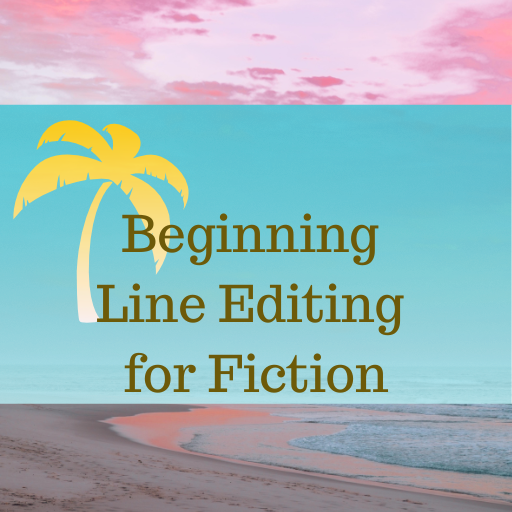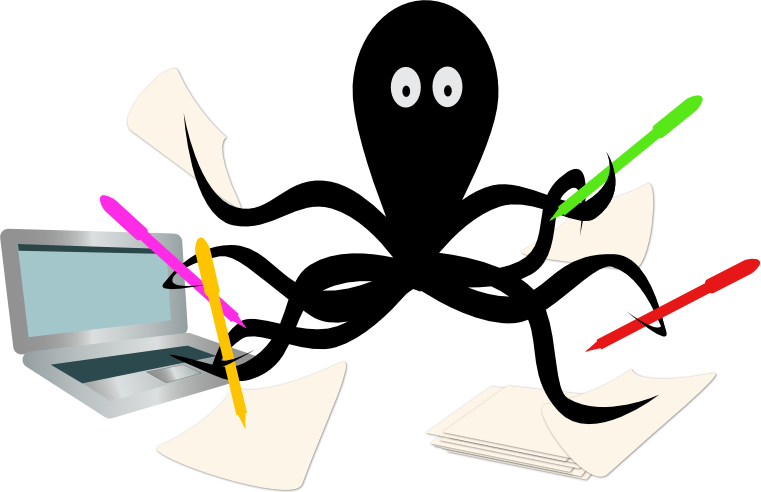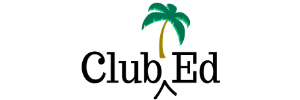Line editing from a character’s viewpoint
What is line editing from a character’s viewpoint?
A line editor has to learn to look at what is happening in a scene from the viewpoint character’s perspective in order to catch errors in how the story is conveyed.
Here’s an example. Lois, the narrator (“I”), is hiding in a bathroom at an urgent care clinic as they close up for the night:
The receptionist turned off most of the lights in the waiting area and twisted the blinds shut, then stood jangling her keys as the nurses and assistants gathered their belongings from closets and corners and said their goodbyes. The doctor patted one of them on the shoulder and commiserated about some incident from earlier in the day. I smiled a little as I listened from behind the bathroom door. It had been a long time since I’d had a coworker. A long time since I’d had a friend.
The receptionist went out on the heels of the last uniformed nurse, pulling the door shut firmly and locking it, giving the handle a good shake as she said something over her shoulder to the nurse. Both of them laughed. I watched them walk around the corner to where the staff parking was.
When it was safe, I inched open the bathroom door and slipped out of the bathroom. The waiting area was dark but I had my flashlight with me.

So what is the value in line editing from a character’s viewpoint?
While you might have some thoughts about “do we need all these details about everyone leaving the urgent care clinic?” the main problem is that if the narrator is hiding in the bathroom, how can she see what the receptionist is doing? Even if she’s peeking through a slightly ajar door (and can see the nurse lock up), how is she seeing the receptionist and nurse walk around the corner to the staff parking? The next sentence shows that Lois is still in the bathroom!
This is what we might call a “blocking” mistake—that is, a problem with what characters can realistically see and do given the specific constraints of a setting. As a line editor, you have to imagine yourself in the scene, experiencing what the viewpoint character is experiencing and catching impossible or implausible events.
Other Helpful Content
-
Plant a Seed, Earn a Buck
A few months back, a book I wrote more than twenty years ago delivered an unexpected royalty check for $1,000. When I originally wrote the book, I received an advance that earned out in a year or so. After a few years, the book stopped selling all that many copies (this is common), but I…
-
Happy New Year!
I ate my grapes (a Spanish tradition for the new year), said “Feliz año!” to everyone in the neighborhood, and snuggled up with a good book, feeling grateful as I embark on my second year in Spain. May your 2026 be filled with happiness and adventure!
-
Reading Books for a Living
I discourage editors from saying that our work is “reading books for a living” because that diminishes our expertise and experience. Editing is not reading books for a living; it’s understanding stories and storytelling techniques, cultivating judgment and discernment, practicing effective editorial methodologies and more. But some days, like today, I look around my office…
Join the Club!
New to story editing? Begin at the beginning.



